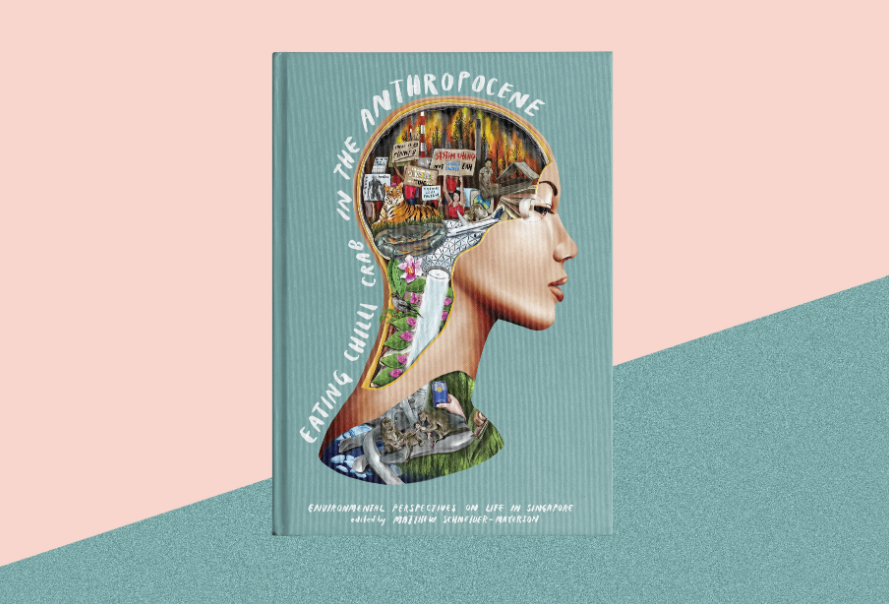Written by Khushi
Eating Chilli Crab in the Anthropocene is a collection of essays written by students from Yale-NUS College and NUS, edited by Assistant Professor Matthew Schneider Mayerson. The book can purchased at Ethos Books here.
“Eating Chilli Crab in the Anthropocene: Environmental Perspectives on Life in Singapore” is a collection of essays penned down by students of Yale-NUS, Singapore that embarks a journey with challenging conventional notions of environmental activism, concurrently contextualising it with respect to the Singaporean culture and heritage.
This book starts off with an apt introduction to the book, which sets the provoking and impassioned tone that is sustained throughout the course of the book. The introduction was one of my favourite parts of the book for primarily two reasons: firstly due to its intersectionality and diversity in terms of the areas that it covers and secondly due to the sheer passion that the words reveal. The introduction addresses ideas such as the uneasy relationship between biodiversity and Singaporeans, and the theme of Environmental inequality.
Singapore, being a low-lying island, is one of the most fundamentally vulnerable to the effects of climate change, especially the impact of threatening sea-level rise. And this urgency is revealed by all the chapters in the book. Along with the urgency, the book also invites us to join this conversation by making us uncomfortable, quite literally, and I think it was necessary. A certain level of discomfort greatly impacts our understanding of the issues conveyed.
Another aspect that I really liked about the book was its accessibility and simplicity of the chapters. In contrast to academic research papers, the chapters are easy to follow and have minimal jargon. Any jargon used is also contextualised and explained for further understanding. Despite the complexity of the ideas, the presentation of the same makes it, making the book so accessible. Carefully intended wording and explanations top of the clear structuring of the chapters.
The book also talks about the “social and cultural biases and norms that have paralysed most of us for far too long.”. It touches upon the influence of social and cultural bias in the perception of the climate crisis in the eyes of Singaporeans. Is this inhibiting us from recognising the severity of this problem, is this the root cause of the indifference and cynicism we see in Singaporean adults today when they hear of climate advocacy efforts?
In conclusion, it was a great read. Everyone, whether it is people who are a part of the environment scene and those who are not should definitely get the book and just experience this wonderful journey, which is both provoking and comforting concurrently.
This review can also be found here.

No Responses